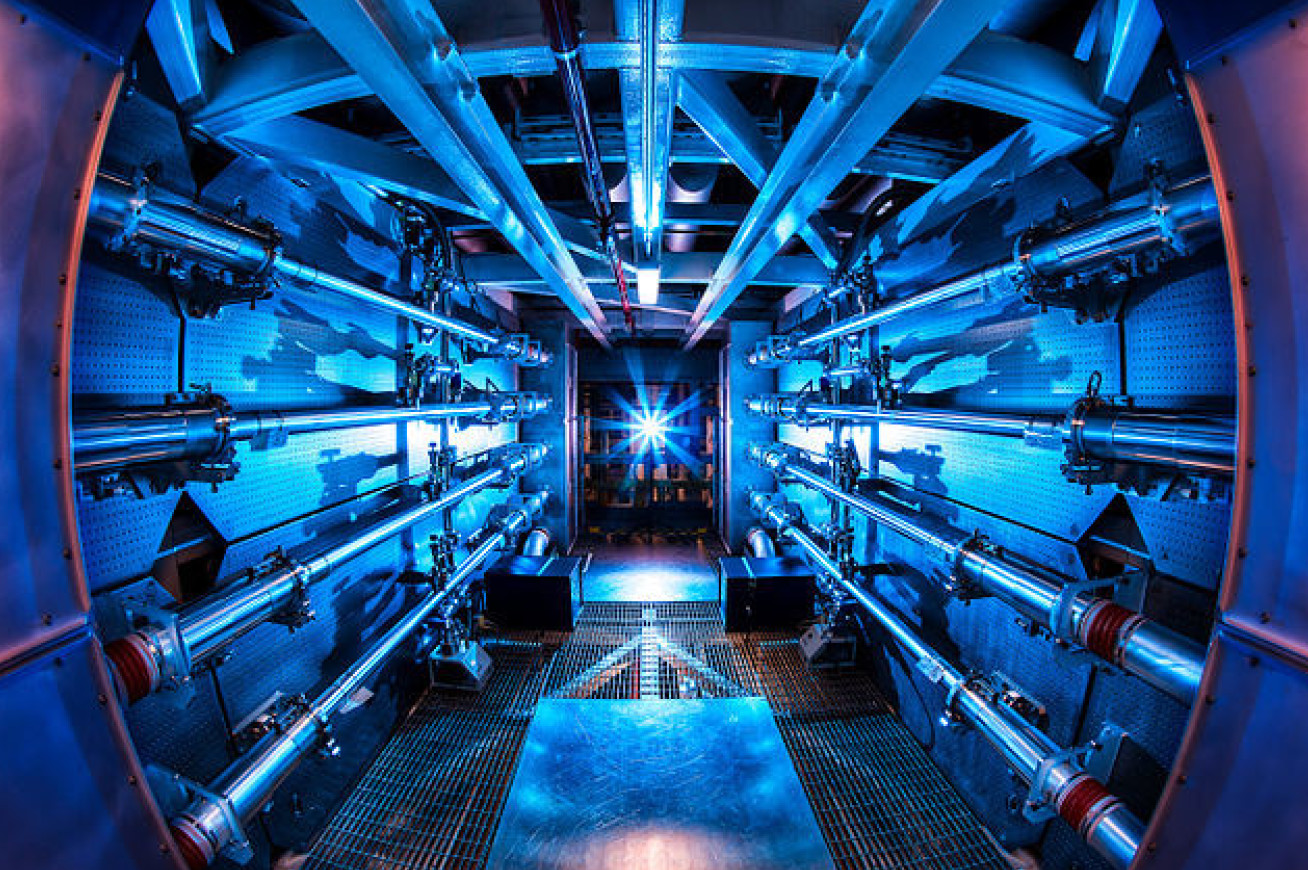Plasma physicists lay out a manifesto for the data-driven future of the field


Research into the extreme physics of space, nuclear fusion, and fundamental phenomena could be transformed by big data and AI, say scientists.
Taking advantage of the vast amounts of data generated by new more powerful and faster plasma physics experiments could revolutionise the field, say the group of physicists today in Nature.
[Machine learning] offers the opportunity to reduce the time and effort it takes to acquire data, as well as speeding up the analysis process and providing new avenues for investigation. Dr Brendan Kettle
The scientists, from across the UK, USA and Europe, including Imperial College London, set out the current state of the field and what needs to be done to embrace data-driven and machine-learning approaches and accelerate plasma research and applications.
These applications include producing nuclear fusion – a clean and potentially very powerful source of energy, which has proven difficult to control. With artificial intelligence at the helm, there is the possibility to analyse and refine fusion experiments at rates far faster than human researchers can achieve.
Co-author, Professor Steven Rose, from the Department of Physics at Imperial, noted that the Nature Perspective starts: “Set the controls for the heart of the Sun’ encouraged a 2004 paper, (riffing on a 1968 Pink Floyd song), describing the bright future of using Earth-based experiments to create conditions similar to those inside the Sun in the laboratory.
"Seventeen years later, substantial advances have been made in this research programme. A question that is emerging however is who should be at the controls – humans, or artificial intelligences?”
AI takes control
Plasma is the fourth state of matter, comprising superheated matter that becomes ionised. Plasma at extreme temperatures and densities is found across space, including in the heart of stars including neutron stars and white dwarfs, and around black holes, as well as being important in the early Universe. It can also be used to create exotic forms of matter, such as new forms of ice and metallic hydrogen.

We attempt to recreate these conditions in labs on Earth using powerful lasers to manipulate matter, in a field known as High Energy Density Physics (HEDP). However, it can be difficult to control, as plasma in these conditions acts in very unpredictable ways. They are often ‘non-linear’, meaning even small changes in one parameter, like the temperature, can cause huge differences in the properties of the plasma.
This is where machine learning and artificial intelligence (AI) come in. Researchers often want to create a specific state in the plasma – such as mimicking the Sun or producing a steady fusion reaction to harvest energy – but there are a lot of possible parameters to control, and the data about how the plasma is reacting to changes is in many different forms.
This makes it difficult for humans to comprehend all at once and make the necessary adjustments, but AI can. Already, a team from Imperial and the Science and Technology Facilities Council’s Central Laser Facility have demonstrated that an AI can take control of a powerful plasma accelerator and optimize it much more quickly than a human operator.
More experiments and more research output
Co-author of the Nature perspective Dr Brendan Kettle, from the Department of Physics at Imperial, said: “Machine learning is becoming a powerful and versatile tool in experimental physics. It offers the opportunity to reduce the time and effort it takes to acquire data, as well as speeding up the analysis process and providing new avenues for investigation. In the long term this means more experiments and more research output.”
Artificial intelligence and machine learning are just starting to be applied to High Energy Density Physics and our article lays out how we see that new era developing over the coming years. Professor Steven Rose
Professor Rose added: “Artificial intelligence and machine learning are just starting to be applied to High Energy Density Physics and our article lays out how we see that new era developing over the coming years."
They authors say that taking advantage of AI and machine learning over the coming years is crucial as new experiments come online that either use more powerful lasers than before, or are less energetic but able to ‘fire’ far more frequently, producing huge volumes of data. For example, the new Linac Coherent Light Source at the University of Stanford, USA, can collect around 70GB of data per minute.
It is hoped that AI and machine learning will be able to discover complex patterns and interactions in these data that not only help improve experiments, but also help researchers update their theoretical models of what is going on inside such plasmas.
These insights will also help inform the future direction of the field, and what kinds of facilities need to be built next, to access interesting new areas of high energy density physics.
The researchers recommend ways to ensure the promise of data-driven high energy density physics is fulfilled, including data science training for the next generation of researchers, open science in code and data sharing, and building diagnostics and data analysis into experiments using the newest facilities.
-
‘The data-driven future of high energy density physics,’ by Peter W. Hatfield et al. is published in Nature.
Article text (excluding photos or graphics) © Imperial College London.
Photos and graphics subject to third party copyright used with permission or © Imperial College London.